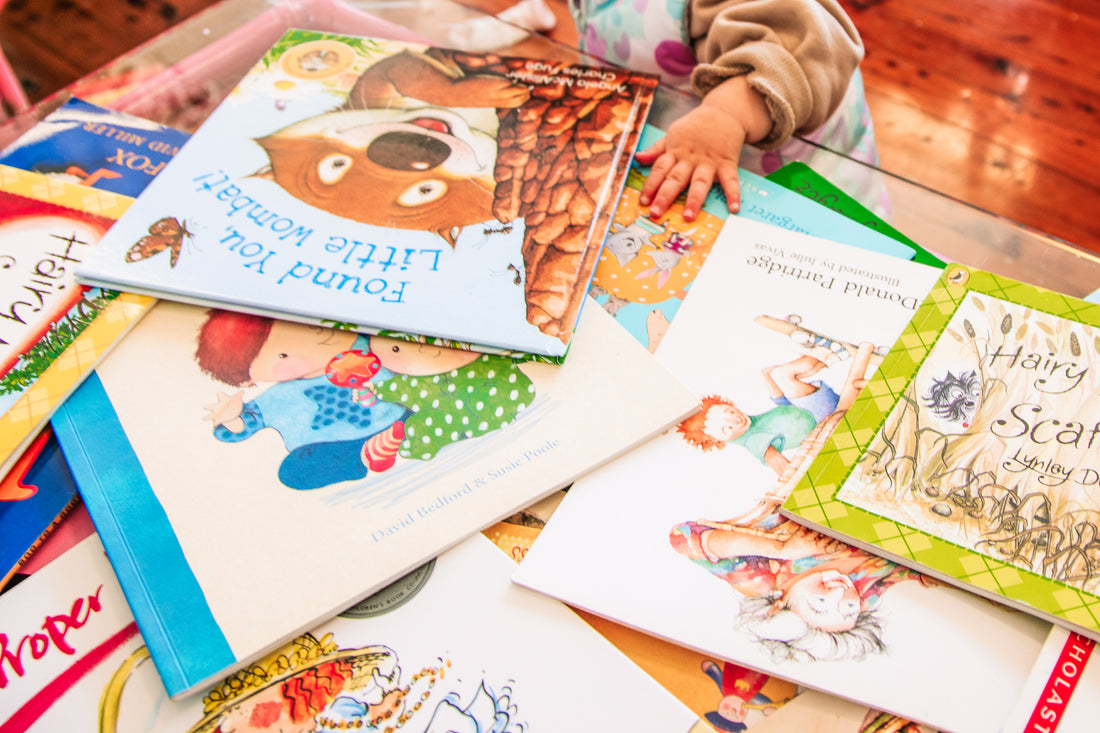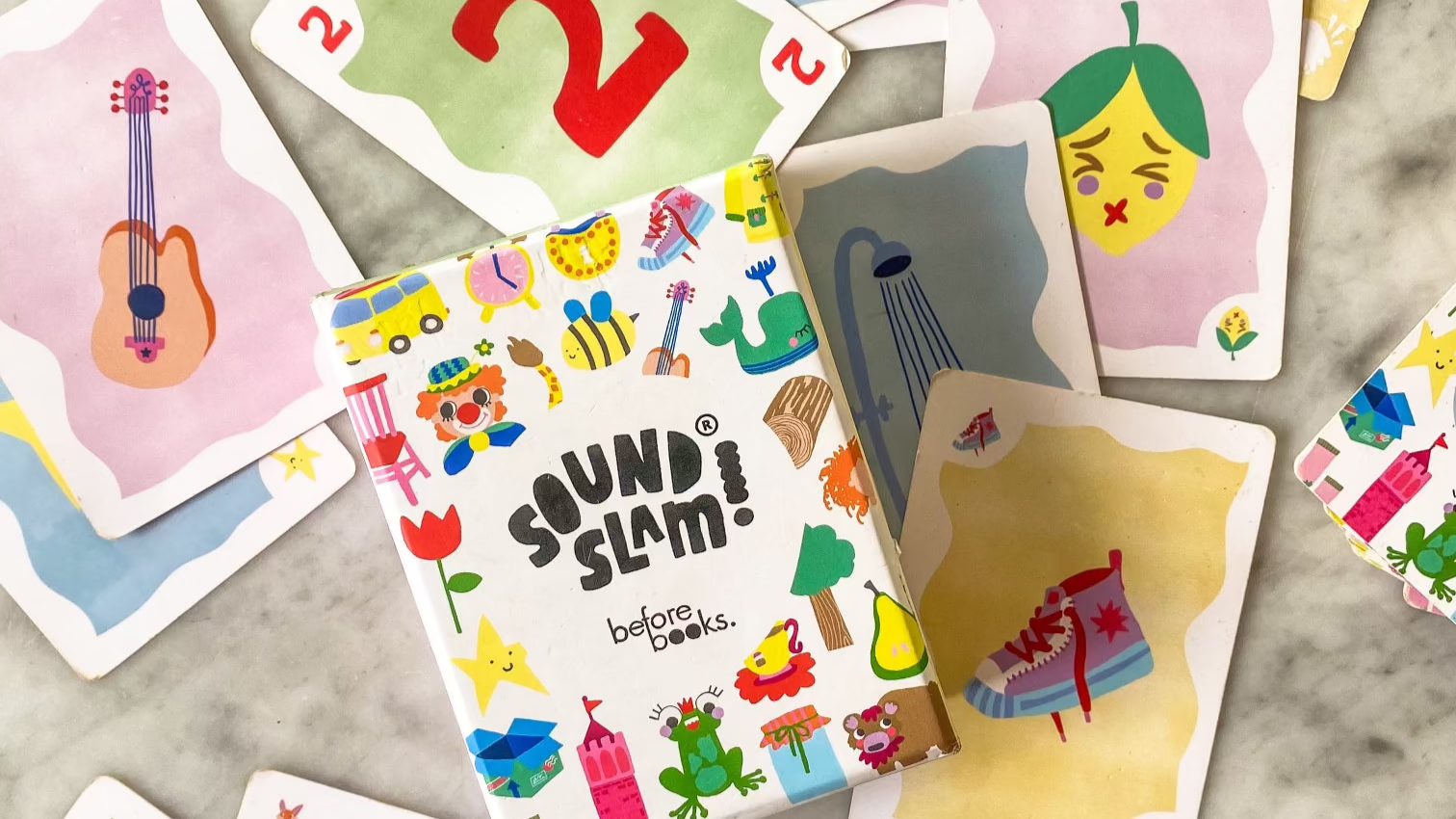
WHAT DO I NEED TO KNOW?
Phonics is the matching of the sounds of spoken language (phonemes) to a letter or group of letters (grapheme). If you hear or think of a phoneme like /t/, you know you can represent that sound in writing with the grapheme t. Or perhaps you hear or think of the phoneme /th/ and you know you can represent that sound with a little combo of two letters, the grapheme- th. There are 44 sounds in the English language and just 26 letters. Often you need a group of letters working together to make one sound, which is why the term grapheme is better suited to describe what we use to write sounds. There are actually over 250 graphemes that the English language employs to write the 44 phonemes it is made up of.
Phonics has been proven time and time again to be THE most effective way to teach children to read (National Reading Panel, 2000, Grattan Institute 2024). For a long time, it was thought that reading was done at a whole word level. This is because proficient readers do not appear to notice individual letters within the words they read. Stanislas Deheane (2010) did extensive work to debunked this theory. Through brain scans and amazing technology, he was able to prove that in fact good readers do not recognise words by their shape, but are able to notice letters in parallel time and process them at such incredible speed that it is instantaneous. He reiterated the importance of explicit teaching of letter-sound correspondences (phonics) as the most effective and efficient way to achieve reading success. To slightly muddy the waters- there are a few different types of phonics and they are not all created equal. There are two important elements that are crucial for any phonics program to be deemed the gold standard for literacy instruction. A phonics programme should be systematic and it should be synthetic (QLD DoE 2022, Stone 2018).
Synthetic? What does that mean?
Synthetic comes from a greek word that means “place together” it means you take small, tiny parts - individuals sounds and their graphemes and you place them together. In this classroom this is most commonly referred to as ‘blending’. The phonics instruction you want your child to be a part of will have a big emphasis on blending sounds together to make words. A learner may be given three phonemes, /s/ /i/ /t/ and asked to blend them together or make the word “sit”. The reverse of this, segmenting, is also an important element of phonics. This is when we take a word and break it into its individual parts “Cat has three sounds- /c/ /a/ /t/” (super important for spelling!)
What about systematic?
It is important that instruction is planned in advance. Teachers should know where they are starting and have a planned progression of graphemes to teach as students advance. They begin with a small, manageable amount of graphemes introduced together. These won’t be the first few letters of the alphabet, but rather a group of graphemes that can be blended together to make short, achievable words for your child to read. Once they have mastered this small group (they know them by name, they know them by sound, they can write them, blend them to read short words and segment them for spelling), it is time to introduce a few more graphemes to be practised in the same manner. The planning needs to be meticulous to ensure there are no gaps. It typically takes more than a year to learn even the most common graphemes in English. It stands to reason that you start with the simplest easiest ones first and move onto the more complicated as you progress. This means Kindergarten, Year 1 and Year 2 teachers often collaborate on their phonics program to make sure they are revising what has been done in the previous year and build upon it, making sure every sound and common grapheme is covered.
OKAY ENOUGH CHAT, HOW DO I TAKE ACTION?
Play What’s This Word with your Sound Slam cards as it brings the skills of blending and segmenting into your home.
When your child starts school, inquire about what phonics programme the school uses.
Be aware of the graphemes your child has mastered and which ones they are working on so you can support their journey.
STANDING ON THE SHOULDERS OF GIANTS
Dehaene, S. (2010). Reading in the Brain: A Psycholinguistic Analysis of Reading and Learning to Read. New York: Lawrence Erlbaum.
Grattan Institute. (2024). The Reading Guarantee: How to give every child the best chance at success.
National Reading Panel Report. (2000). Teaching children to read: An evidence-based assessment of the scientific research evidence on reading and its implications for reading instruction. Washington, DC: National Institute of Child Health and Human Development.
QLD Department of Education (2022) Effective teaching of reading: Overview of the literature, Department of Education.
Stone, L. (2018). Reading for Life: High Quality Literacy Instruction for All.
